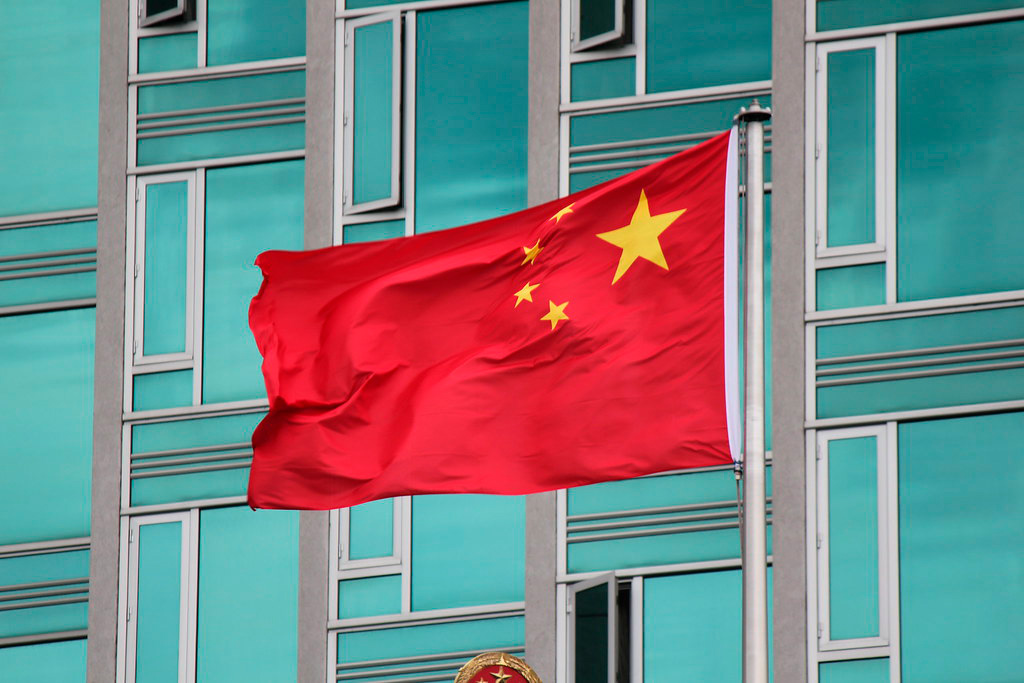China on Friday reacted angrily to the presence of a US warship near the islands it claims in the South China Sea region, reported CNN.
“The actions of the US military have seriously violated China’s sovereignty and security and seriously violated international law,” Tan Kefei, spokesperson for the Defense Ministry, said in a statement.
China threatened “serious consequences” Friday after the United States Navy sailed a destroyer around the disputed Paracel Islands in the South China Sea for the second day in a row, in a move Beijing claimed was a violation of its sovereignty and security, reported CNN.
“The guided-missile destroyer USS Milius broke into China’s Xisha territorial waters again without the approval of the Chinese government, undermining peace and stability in the South China Sea,” Tan said.
The warning comes amid growing tensions between China and the United States in the region, as Washington pushes back at Beijing’s growingly assertive posture in the South China Sea, a strategic waterway it claims virtually in its entirety.
On Thursday, after the US sailed the USS Milius guided-missile destroyer near the Paracel Islands, China said its navy and air force had forced the American vessel away.
The “guided-missile destroyer USS Milius asserted navigational rights and freedoms in the South China Sea near the Paracel Islands, consistent with international law,” a statement from 7th Fleet spokesperson Lt jg Luka Bakic said, reported CNN.
The warship conducted what the US Navy calls a “freedom of navigation operation,” or FONOP, Bakic said, “challenging the restrictions on innocent passage imposed by the People’s Republic of China (PRC), Taiwan, and Vietnam.”
All three claim the Paracels, known as the Xishas in China, a group of about 130 small atolls, the biggest of which are home to Chinese military bases.
The US statement also said the Milius challenged China’s claim to “straight baselines enclosing the Paracels,” meaning Beijing’s claims to waters between the islands, even when those waters are outside the internationally recognized 12-nautical-mile limit from a coastline for territorial waters, reported CNN.
China claims almost all of the vast South China Sea as part of its territorial waters, including many distant islands and inlets in the disputed body of water, many of which Beijing has militarized.
Other claimants besides Taiwan and Vietnam include Brunei, Malaysia, Indonesia and the Philippines, which has seen a UN tribunal rule in its favour in a dispute with Beijing over islands in the Spratly group.
But Beijing has rejected the UN ruling and built up military bases on those disputed islands in the Spratlys – known as the Nansha Islands in China – as it has done in the Paracels.
Beijing regularly makes statements that any US Navy operations in the South China Sea inflame tensions and show that Washington, and its partners who keep a naval presence in the waterway, are damaging the region’s security, reported CNN.
In recent years, the South China Sea has emerged as a major potential flashpoint in the Asia Pacific.
Not only does the strategic waterway hold vast resources of fish, oil and gas, but about a third of global shipping passes through it – worth about USD 3.4 trillion in 2016, according to the Center for Strategic and International Studies’ (CSIS) China Power Project, reported CNN.
China also conducts regular military exercises in much of the South China Sea and maintains a large presence of coast guard and fishing vessels in the disputed waters – which has frequently stoked tensions with other claimants.

